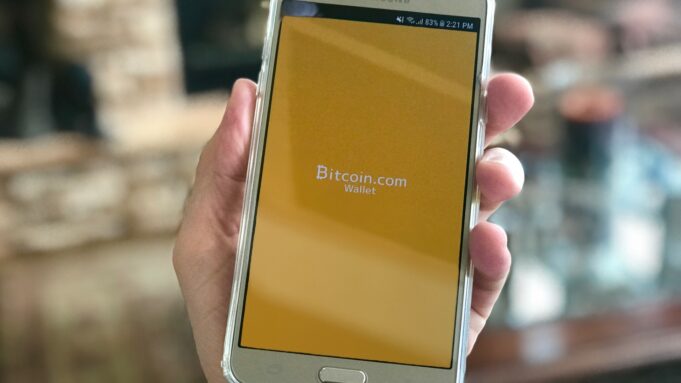Bitcoin is a digital currency that is decentralized and operates on a peer-to-peer network. It has been around for over a decade, and its popularity has grown exponentially in the last few years. Bitcoin’s unique features, such as decentralization and immutability, have made it an attractive investment option for many people. However, one aspect of Bitcoin that is often overlooked is its block reward system. In this article, we’ll delve into the intricacies of this system and uncover the hidden treasure it holds.
Block rewards are the incentives given to miners who successfully validate transactions on the Bitcoin network. These rewards are paid out in Bitcoin and are currently the primary way in which new Bitcoins are introduced into the network. The block reward system is an essential component of the Bitcoin network, as it incentivizes miners to contribute their computational power to validate transactions and maintain the network.
The block reward system works on a halving schedule, which means that the rewards given to miners for validating transactions are reduced by half every 210,000 blocks. This halving schedule is built into the Bitcoin protocol and is designed to limit the supply of new Bitcoins entering the network. The first halving event occurred in 2012, and the most recent one occurred in May 2020. The next halving event is expected to happen in 2024.
The current block reward for miners is 6.25 Bitcoin per block, which is significantly lower than the 50 Bitcoin per block reward that was given to miners when the network first launched in 2009. This reduction in block rewards has led to increased competition among miners, as the rewards for validating transactions are now lower. However, the reduced block rewards also mean that the supply of new Bitcoins entering the network is limited, which can lead to an increase in Bitcoin’s price.
The block reward system is also an essential factor in determining the total supply of Bitcoin. The maximum supply of Bitcoin is set at 21 million, and this cap is expected to be reached in the year 2140. The block reward system is designed to limit the supply of new Bitcoins entering the network, which means that the rate at which new Bitcoins are introduced into the network will decrease over time. This decrease in the rate of new Bitcoin supply is expected to lead to an increase in Bitcoin’s price, as the demand for the digital currency continues to rise.
The block reward system also plays a crucial role in the security of the Bitcoin network. The validation of transactions on the network is done through the process of mining, where miners use their computational power to solve complex mathematical problems. The first miner to solve the problem is rewarded with the block reward and any transaction fees associated with the block. This process is designed to ensure that transactions on the Bitcoin network are secure and immutable, as the computational power required to validate transactions makes it difficult for malicious actors to manipulate the network.
In addition to the block reward system, Bitcoin also uses transaction fees to incentivize miners to validate transactions. Transaction fees are paid by users who want their transactions to be validated quickly, and they are added to the block reward that is paid out to the miner who validates the block. Transaction fees are not mandatory, but they are often included by users who want their transactions to be processed quickly.
The block reward system is an essential component of the Bitcoin network, and it plays a crucial role in the security, supply, and price of Bitcoin. The halving schedule ensures that the supply of new Bitcoins entering the network is limited, which can lead to an increase in Bitcoin’s price over time. The block reward system also incentivizes miners to contribute their computational power to validate transactions, which is necessary for maintaining the security and immutability of the network.
In conclusion, the Bitcoin block reward system is a hidden treasure that is often overlooked by investors and enthusiasts. This system is an essential component of the Bitcoin network, and it plays a crucial role in the security, supply, and price of Bitcoin. As the network continues to evolve and mature, the block reward system will remain an integral part of the Bitcoin ecosystem, and its impact on the digital currency’s price and value will continue to be felt for years to come.

























